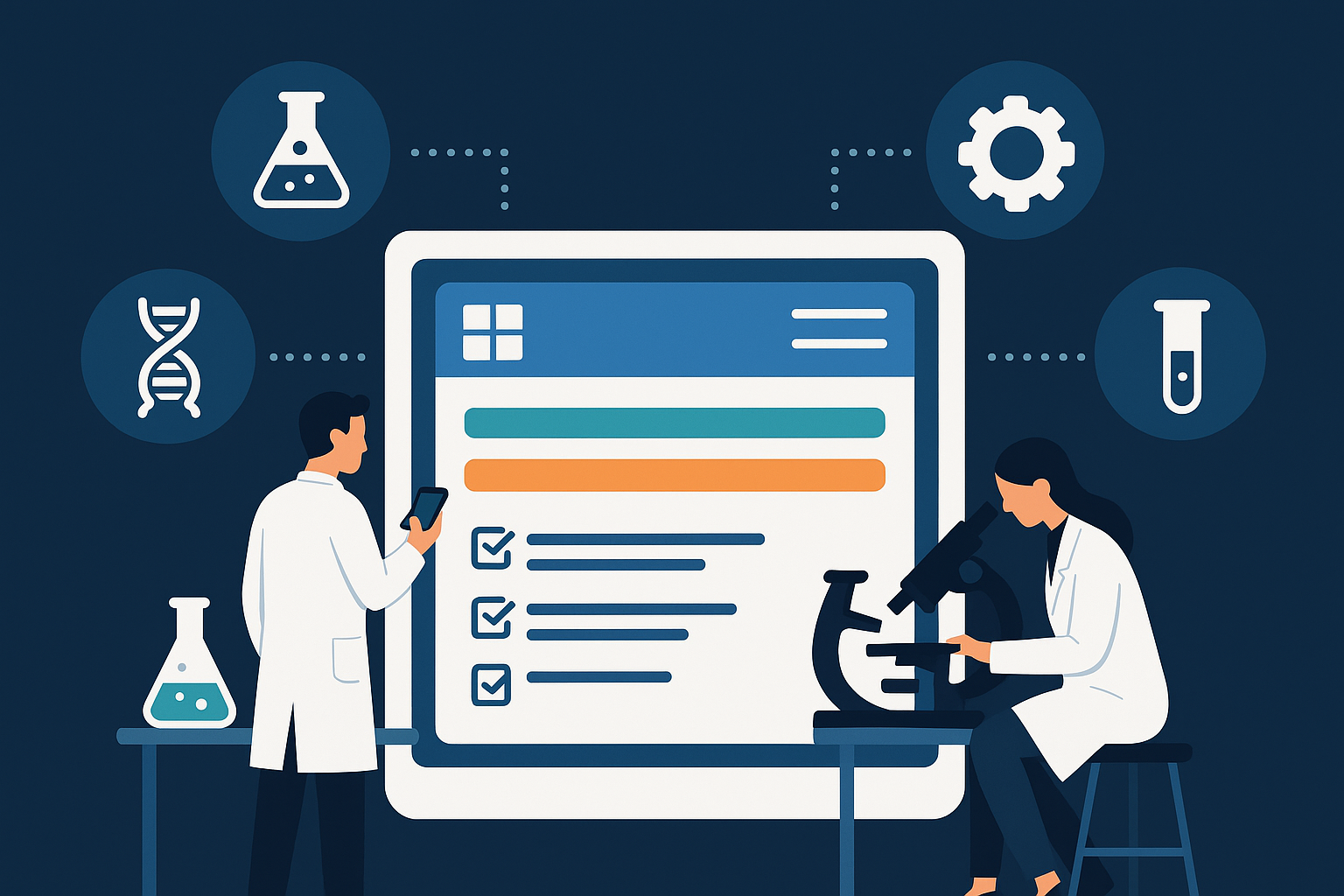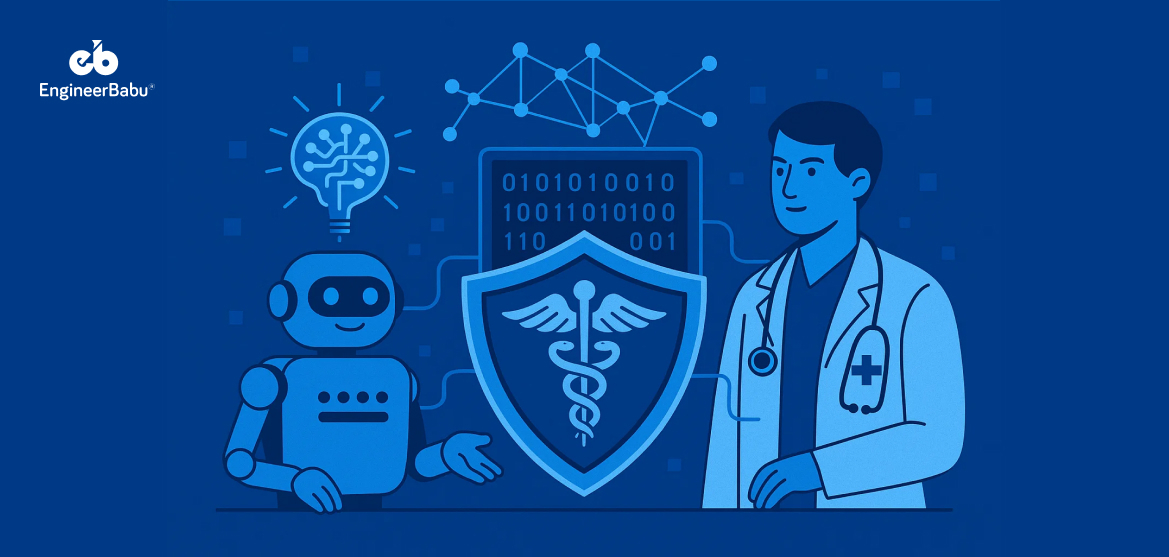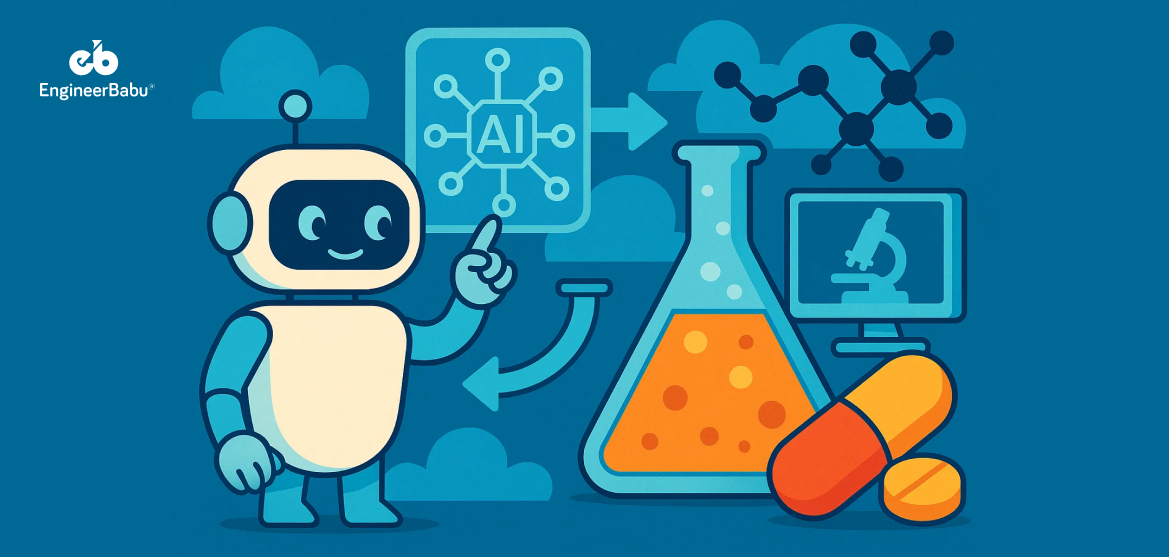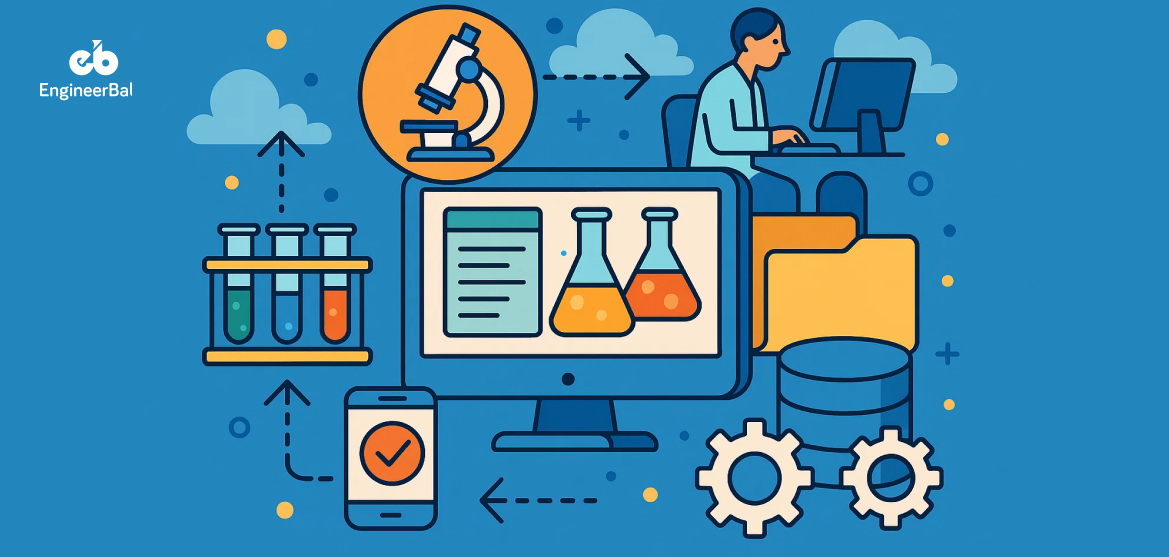LIMS apps transform how modern laboratories track samples, manage data, and ensure compliance.
Labs that used to rely on spreadsheets or paper logs are now shifting to software that automates routine tasks and reduces manual errors. These apps do more than store test results. They connect lab instruments, maintain audit trails, and deliver reports instantly.
This post breaks down eight specific ways a LIMS app is changing the daily operations of modern labs. If you’re a healthtech company planning to build or outsource a LIMS solution, you’ll learn what features matter and how they impact lab performance.
8 Ways a LIMS App Is Transforming Modern Laboratory Operations
Faster Sample Tracking and Processing
A LIMS app tracks every sample from the moment it enters the lab until the results are delivered. Each sample gets a unique ID and timestamp. This eliminates delays caused by misplaced labels or manual logging. Lab technicians can see where a sample is, who last handled it, and when the next step is due.
It also allows batch processing and barcode scanning, which increases throughput. This means faster turnaround for test results, which is critical in diagnostic labs and pharmaceutical research.
Real-time Access to Lab Data
Data in a LIMS app updates in real time. When a technician uploads test results or notes, they are immediately visible to authorized users. This eliminates the lag between data generation and data availability.
Managers can monitor KPIs like sample load, staff productivity, and instrument usage without waiting for end-of-day summaries. Researchers can compare datasets or replicate conditions based on live data.
Regulatory Compliance Made Simpler
LIMS apps come with built-in audit trails and data integrity checks. Every change to a record is logged, including who made it, what was changed, and when. This is crucial for labs operating under standards like CLIA, CAP, ISO 15189, or FDA 21 CFR Part 11.
Templates and checklists ensure that required fields are filled before results are finalized. These features reduce the risk of compliance violations and simplify audit preparation.
Reduced Manual Errors
Manual data entry often leads to transcription mistakes, skipped fields, and inconsistent formatting. A LIMS app automates this process. It pulls readings directly from instruments, validates entries, and flags anomalies.
By enforcing controlled vocabularies and dropdowns instead of free text, it improves data quality. Labs that adopt LIMS see fewer reruns, lower waste, and better trust in their results.
Integration with Lab Instruments and Systems
Modern LIMS apps support integration with a range of instruments — from spectrometers and PCR machines to HPLC and centrifuges. This allows automatic data capture, reducing the time spent transferring results by hand.
LIMS also connects with Electronic Health Records (EHRs), Enterprise Resource Planning (ERP) software, and billing systems. This ensures that data flows across departments without silos or duplication.
Scalable and Customizable Workflows
Every lab has different processes. A LIMS app allows customization of workflows based on test types, equipment, or regulatory needs. You can create sample intake rules, assign tasks based on roles, or trigger alerts if turnaround time exceeds limits.
As labs grow, workflows can scale without breaking. Adding new tests or locations does not require rewriting the system from scratch.
Cloud Access for Multi-site Labs
Cloud-based LIMS apps support labs that operate in multiple locations or rely on remote staff. Users can log in from any approved device, with role-based access controls.
Cloud hosting also ensures data backups, uptime, and disaster recovery are managed by the provider. Labs don’t need to invest in physical servers or in-house IT support.
Better Decision-Making Through Analytics
LIMS apps store structured data that can be used for analytics. Lab managers can track turnaround time, reagent usage, error rates, and more.
This helps identify bottlenecks, optimize staffing, and plan inventory. Over time, labs can use trends to forecast demand, improve efficiency, and support evidence-based decisions.
Conclusion
LIMS apps are no longer optional. They are now a core part of how modern labs operate. These systems cut down on manual errors, make audits easier, and give real-time access to data that used to sit in paper files or scattered Excel sheets.
For healthtech companies building or outsourcing LIMS development, understanding these operational shifts is essential. The app isn’t just a record-keeping tool — it’s the backbone of faster, cleaner, and more compliant lab work.
Outsourcing LIMS development gives access to technical talent that understands lab workflows and regulatory standards. It speeds up time-to-market and reduces internal load, especially for companies that focus more on health outcomes than on backend systems.
FAQs
How long does it take to build a LIMS app?
Most custom LIMS apps take between 4 to 8 months to develop, depending on complexity, integrations, and regulatory needs. Features like real-time tracking and audit trails can extend timelines but are essential for compliance-heavy labs.
Can a LIMS app work with my existing lab instruments?
Yes. Most LIMS platforms support integration through standard protocols like HL7 or instrument-specific APIs. During development, each instrument’s data format is mapped so it can sync smoothly with the app.
What are the risks of outsourcing LIMS development?
The main risks are poor documentation, lack of domain knowledge, and delayed delivery. Choosing a vendor experienced in healthtech reduces these risks. Ask for case studies, compliance experience, and detailed project plans before signing a contract.
Is cloud-based LIMS secure for patient data?
Yes, if built with HIPAA or equivalent standards in mind. Encryption, access control, and regular audits are required. A good outsourcing partner will ensure these are part of the architecture from day one.
What does LIMS cost to build?
Costs can range from $40,000 to over $150,000, depending on scale, features, and whether you go with an off-the-shelf base or a fully custom build. Cloud hosting and maintenance are usually additional monthly fees.
Can LIMS apps be customized later?
Yes. Most systems are built with modular components. Features like new test workflows or additional lab locations can be added without rebuilding the app. A flexible architecture ensures long-term use and upgrades.




